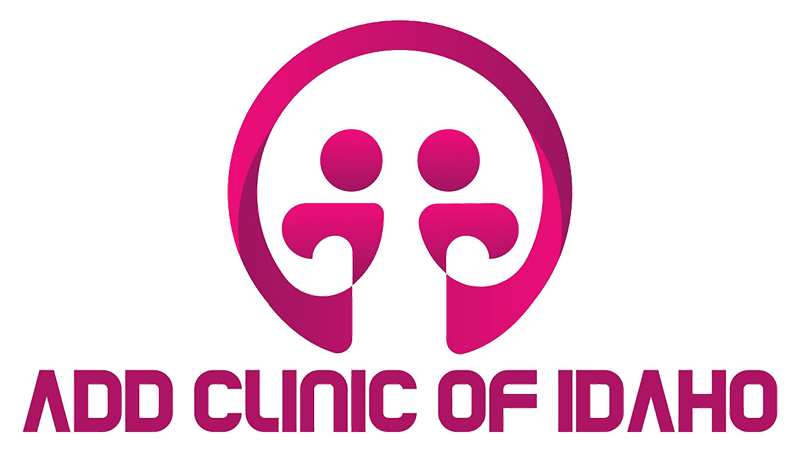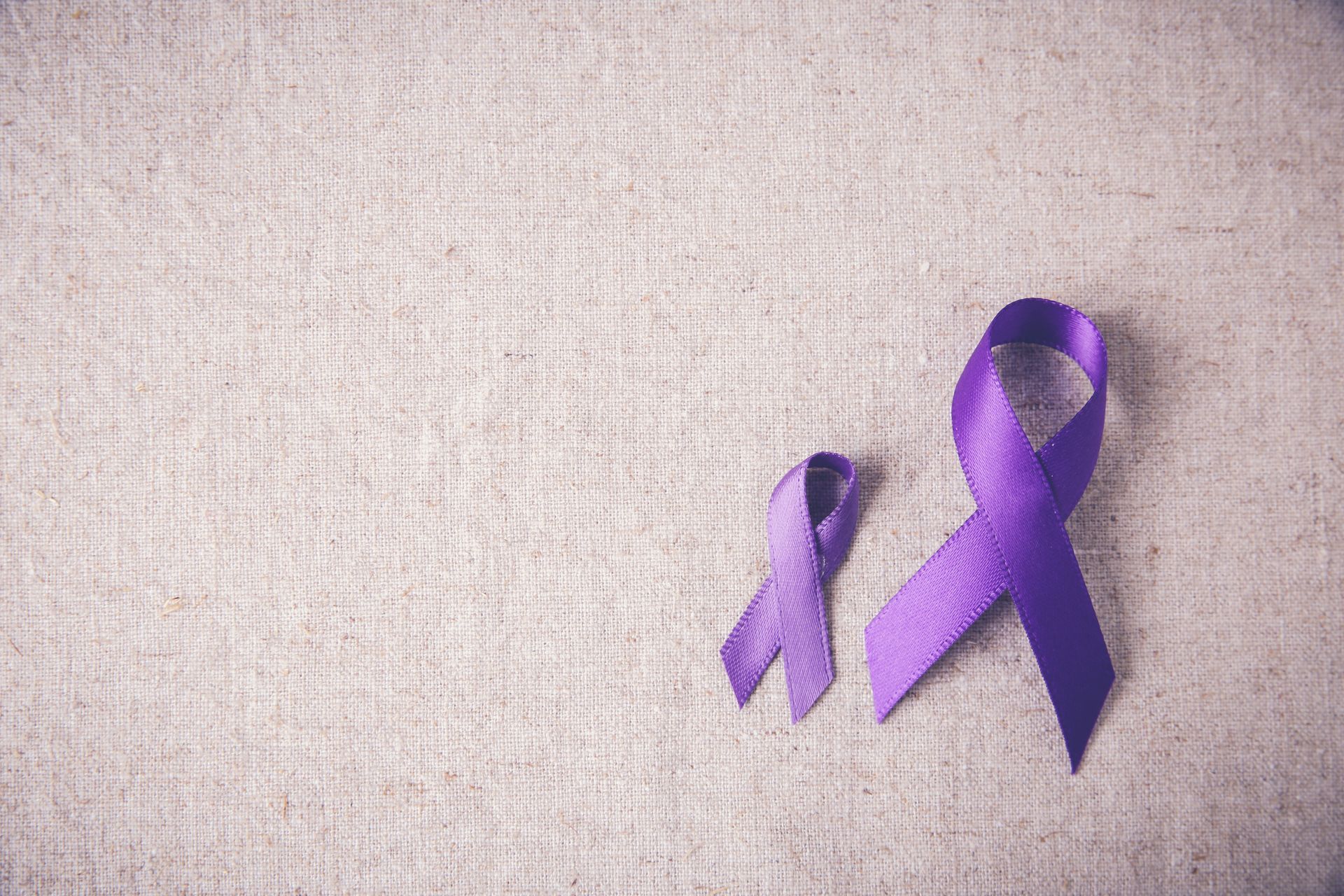October marks Domestic Violence Awareness Month, a time to name the problem and connect people to help. Domestic violence (intimate partner violence, or IPV) includes patterns of physical harm, sexual violence, stalking, or psychological aggression. It affects millions and carries serious health consequences—from injuries to depression, PTSD, and chronic disease. The CDC’s national data underscore the scope and impact. CDC
Health care teams have a role, too. The U.S. Preventive Services Task Force recommends clinicians screen women of reproductive age (including during pregnancy and postpartum) for IPV and connect people who screen positive to services—an evidence-based step shown to improve safety and well-being. USPSTF
If you are concerned about your safety—or are supporting someone who is—consider these actions:
- Talk to a clinician you trust. You can say, “I’m not sure I’m safe at home.” Your provider can screen confidentially, document injuries, and refer you to advocates and legal resources. (If using a shared phone/portal, ask about private contact methods.)
- Create a safety plan. Identify safe rooms/exits, pack a small “go bag” (IDs, medications, keys, cash, copies of important documents), and choose a code word with a friend to signal you need help.
- Use confidential help lines. The 988 Lifeline supports people in emotional crisis. For domestic violence–specific support and local shelters, call 1-800-799-SAFE (7233) or chat at thehotline.org.
- Protect your digital trail. Use a device your partner can’t access if possible. Clear browser histories, use private browsing, and consider a new email for communications with advocates or clinicians.
- Know emergency options. If you fear immediate harm, call 911. Ask about protective orders, victim advocacy, and medical forensic exams where applicable.
- If you’re a friend or colleague: Believe them, avoid blaming questions, offer rides/childcare, and help gather essentials. Safety—and the survivor’s choices—come first.
Domestic violence is common, serious, and preventable. Screening and support save lives, and confidential resources are available even if you’re not ready to leave. You are not alone. CDC+1











